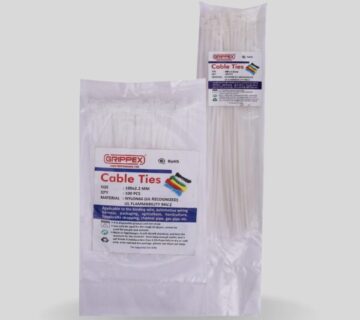The Catalyst: 300% Surge in Cargo Container Rates
One of the most immediate and visible impacts of the cargo ship crisis is the 300% increase in cargo container rates. This surge has been driven by a combination of factors disrupting the global shipping industry. For businesses that rely on importing raw materials and exporting finished goods, these increased costs translate to higher production expenses and reduced profit margins.Key Factors Behind the Crisis
-
Red Sea Conflict:
The ongoing conflict in the Red Sea region has severely disrupted key shipping routes. Ships that typically navigate through this area are now being rerouted around the Cape of Good Hope, adding thousands of miles to their journeys. This detour not only increases travel time but also escalates fuel costs and operational expenses, contributing to the spike in shipping rates.
-
Port Congestion and Container Shortage:
Ports worldwide, especially in Asia and the US, are experiencing significant congestion. The backlog of ships waiting to dock and unload has led to prolonged delays. Additionally, a shortage of containers has compounded the issue, as containers are stuck at congested ports, unable to be returned to their points of origin for reuse. This shortage has created a vicious cycle of delays and increased costs.
-
EV Tariffs in South America:
Brazil and Mexico have announced new tariffs on Chinese electric vehicles (EVs), effective from July. In response, many automakers have rushed to ship vehicles to these regions before the tariffs take effect. This surge in shipments has monopolized shipping resources, exacerbating the container shortage and driving up costs.
-
US Election and Early Peak Season:
The upcoming US election has added another layer of complexity. There is speculation about potential tariff hikes on Chinese goods, ranging from 50-60%, which has led companies to stockpile inventory in advance. This early stocking has brought about an early peak season for shipping, further straining the already burdened supply chain.






No comment